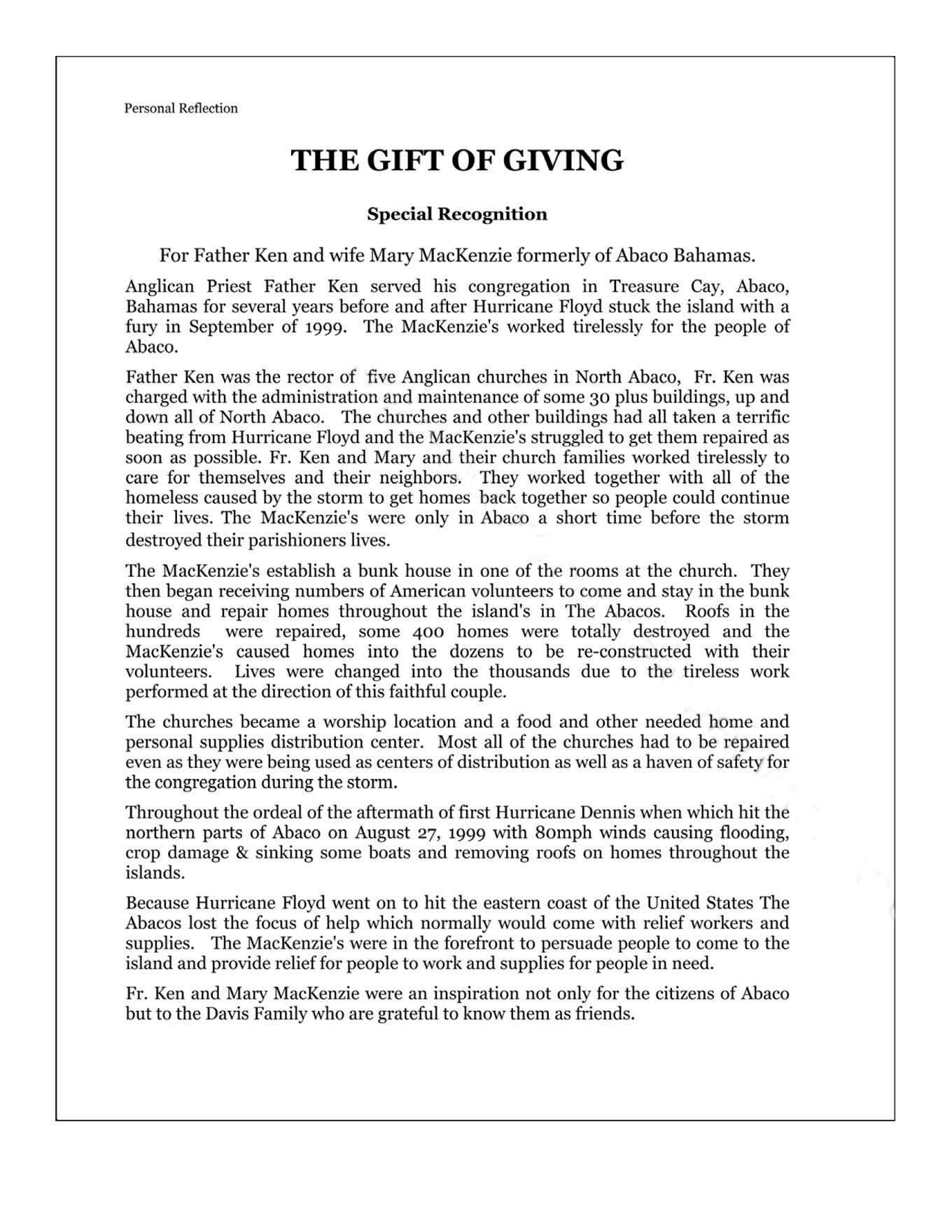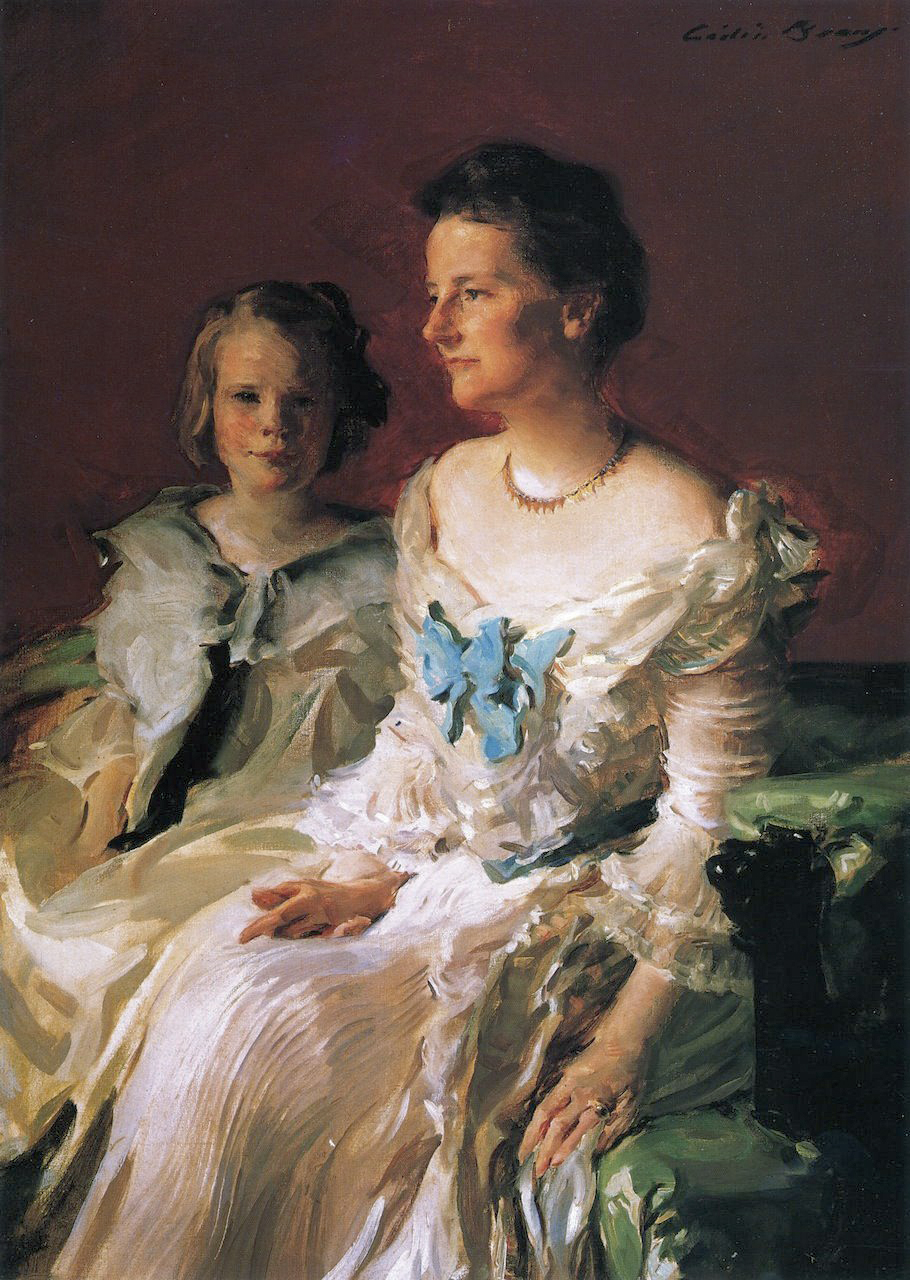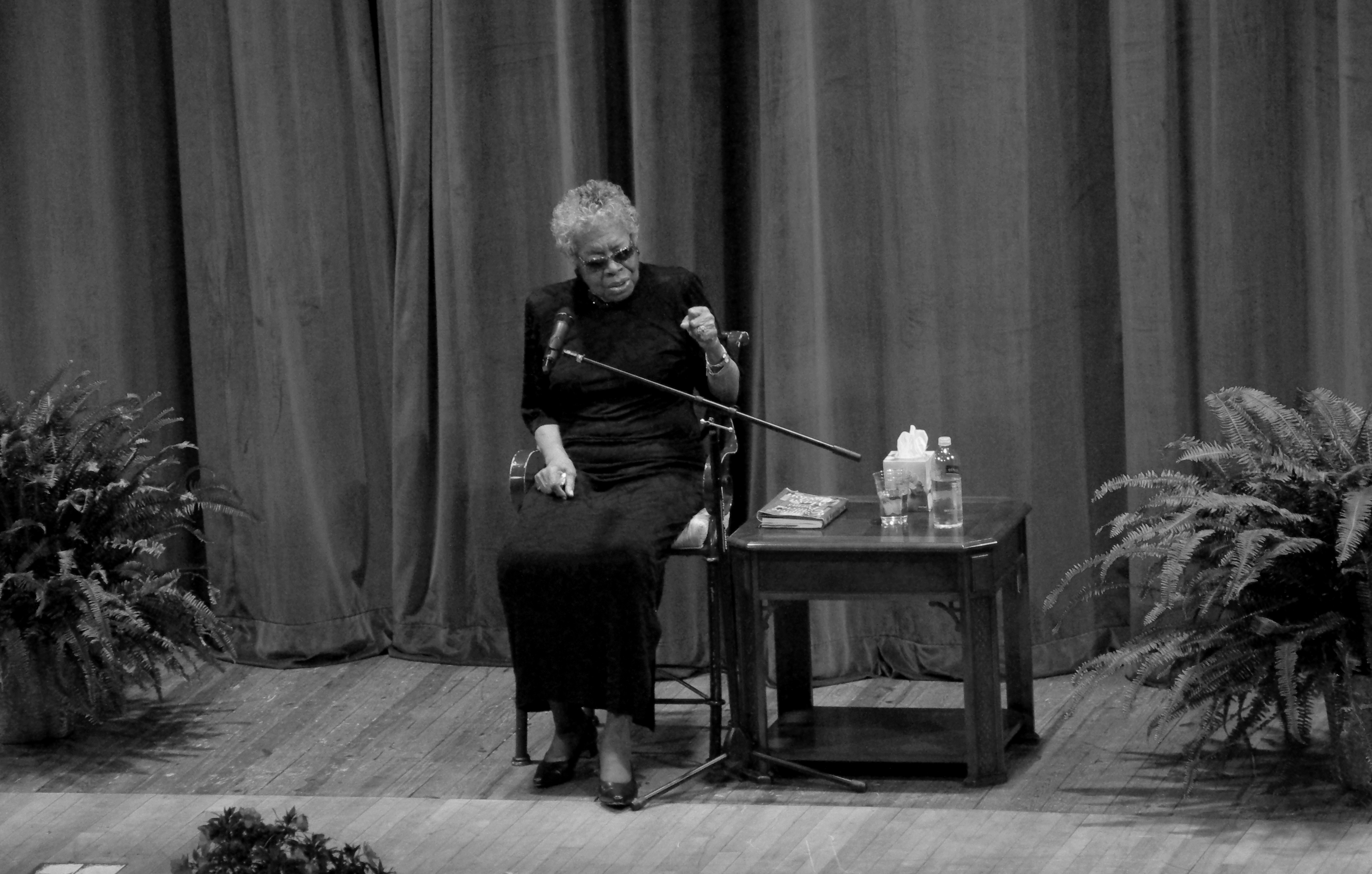Introduction: The Transformative Power of Figurative Language
![]()
Figurative language possesses an extraordinary ability to captivate readers, immersing them in a world of vivid imagery, heightened emotions, and profound meanings. It serves as a gateway to a realm beyond the literal, where words transcend their usual boundaries to convey deeper layers of understanding and evoke powerful sensations. In Maya Angelou’s autobiographical masterpiece, “I Know Why the Caged Bird Sings,” figurative language becomes an essential tool in her exploration of identity, oppression, resilience, and freedom.
Figurative language encompasses a variety of literary devices and techniques that embellish writing and unlock hidden dimensions within a text. Through the careful selection and arrangement of words and phrases, authors breathe life into their narratives, infusing them with richness and depth. Similes, metaphors, personification, hyperbole, and symbolism all contribute to this tapestry of expression, enabling writers to communicate complex emotions, experiences, and ideas that may elude direct description.
The significance of figurative language in literature lies in its ability to transcend the confines of literal language, engaging readers on a deeper level. By creating a sensory experience, authors invoke imagery that lingers in the minds of readers long after the words have been read. Moreover, figurative language invites interpretation, encouraging individuals to connect with the text in personal and subjective ways, offering a tapestry of meanings that resonate uniquely with each reader.
This article explores the figurative language employed in “I Know Why the Caged Bird Sings.” By examining instances of symbolism, metaphor, personification, imagery, simile, and hyperbole within Angelou’s memoir, we unravel the intricate threads that bind figurative language to the overarching themes and messages of the memoir, ultimately illuminating the transformative power of words.
Defining Figurative Language

Figurative language plays a vital role in Maya Angelou’s autobiography. It encompasses literary devices such as similes, metaphors, personification, hyperbole, and symbolism, creating vivid and imaginative descriptions. By going beyond the literal meaning of words, figurative language adds depth, emotion, and sensory details, enhancing the reader’s understanding and engagement.
At its core, figurative language is a powerful tool that conveys complex ideas, emotions, and experiences in a more evocative and memorable way. It encourages readers to utilize their imagination and actively participate in interpreting the text. By presenting ideas figuratively, writers invite readers to delve deeper and uncover layers of meaning.
Moreover, figurative language evokes emotions and creates vivid mental images, enabling readers to connect with the text on a deeper level. In “I Know Why the Caged Bird Sings,” Angelou masterfully employs figurative language to engage her audience by painting vivid pictures with her words.
Throughout the autobiography, Angelou utilizes various forms of figurative language. Similes, for example, compare two unlike things using “like” or “as.” These comparisons enhance the reader’s understanding by providing tangible and relatable descriptions.
In conclusion, figurative language is a fundamental aspect of Maya Angelou’s “I Know Why the Caged Bird Sings.” By employing literary devices such as similes, metaphors, personification, hyperbole, and symbolism, Angelou adds depth, emotion, and sensory details to her writing. Figurative language engages readers, encourages active interpretation, evokes emotions, and creates vivid mental images. In the subsequent sections, we delve deeper into specific examples of figurative language found within the text, exploring their symbolic significance and impact.
Exploring Figurative Language in “I Know Why the Caged Bird Sings”

Maya Angelou‘s memoir, “I Know Why the Caged Bird Sings,” employs various forms of figurative language to vividly convey her experiences and emotions. Through masterful use of metaphor, imagery, simile, personification, and symbolism, Angelou creates a rich tapestry of language that immerses readers in her narrative.
Metaphor of the Caged Bird
The central metaphor in the memoir is the caged bird itself, symbolizing the speaker’s confinement and oppression. This powerful image represents the longing for freedom and self-expression that permeates Angelou’s story.
Vivid Imagery
Angelou uses vivid imagery to evoke a sensory experience for the reader. Her descriptions of the southern landscape, such as the “blazing white” heat, create visual images and convey the intensity of the environment, enhancing the reader’s understanding of the setting and emotional impact of the events.
Similes and Personification
![]()
Similes and personification bring the narrative to life. Angelou likens her grandmother’s eyes to “warm pieces of brown velvet,” creating a sense of comfort and familiarity. Personification is employed when Angelou describes the “mean little white girls” as having “hairs like brier bushes.” These literary devices add depth to the characters and create vivid mental images.
Symbolism
Symbolism is a significant aspect of the figurative language in “I Know Why the Caged Bird Sings.” Through symbolic elements like the caged bird, Angelou explores themes of oppression, resilience, and the quest for liberation. These symbols convey complex emotions and ideas.
In her memoir, Maya Angelou’s masterful use of figurative language elevates her work to a poetic and deeply resonant experience. Through metaphors, vivid imagery, similes, personification, and symbolism, Angelou invites readers into her world, allowing them to experience her journey of self-discovery and triumph over adversity.
Symbolism of the Caged Bird

In “I Know Why the Caged Bird Sings” by Maya Angelou, the caged bird serves as a powerful metaphor throughout the memoir, symbolizing the African American experience of oppression and confinement in a racially segregated society.
The Limitations of African Americans
The caged bird represents the restrictions imposed on African Americans during racial segregation, symbolizing the lack of freedom, denial of rights, and constant oppression faced by the community.
The Song of Freedom
The caged bird’s song symbolizes the desire for freedom and the resilience of the human spirit in the face of adversity.
Contrasting Lives: The Caged Bird and the Free Bird
The contrast between the caged bird and the free bird highlights the stark differences between the lives of African Americans and those who enjoy privilege and freedom.
Striving for Liberation
The caged bird’s attempts to escape its confinement reflect the struggles of African Americans to break free from discrimination and prejudice, symbolizing their pursuit of equality and justice.
Wings of Potential
The caged bird’s clipped wings symbolize the potential for liberation and empowerment, showcasing the strength and resilience of the African American community.
In the next section, we will explore the metaphor of the free bird and its significance in “I Know Why the Caged Bird Sings.”
Metaphor of the Free Bird

In Maya Angelou’s memoir, “I Know Why the Caged Bird Sings,” the metaphor of the free bird emerges as a recurring motif, illustrating the longing for freedom and the African American experience of oppression during racial segregation and discrimination.
Section 5 introduces the metaphor of the free bird, vividly depicting its life and contrasting it with the caged bird. The free bird symbolizes unrestrained liberty, with the ability to soar and explore the boundless expanse of the sky. Angelou’s language conveys the bird’s unrestricted movement, emphasizing its sense of adventure and independence.
By contrasting the free bird with the caged bird, Angelou captures the profound disparity between freedom and confinement, symbolizing the limitations and struggles faced by African Americans within a racially unequal society.
Beyond its literal interpretation, the metaphor of the free bird encompasses themes of personal liberation and self-expression, representing the aspirations and dreams of marginalized communities yearning for freedom from social, political, and racial constraints.
Through her masterful use of figurative language, Angelou illuminates the resilience and determination of the human spirit to overcome adversity. The free bird embodies hope and the potential for a brighter future, inspiring readers to reflect on their own pursuit of freedom and equality.
In the subsequent sections, we will delve deeper into the various forms of figurative language employed in “I Know Why the Caged Bird Sings,” including personification, imagery, similes, and hyperbole, to fully appreciate the impact of Angelou’s poetic prose.
Personification and Symbolism of the Singing Bird

Maya Angelou’s memoir, “I Know Why the Caged Bird Sings,” employs personification to breathe life into the singing bird, a powerful symbol of freedom and resilience. Through personification, Angelou attributes human qualities to the bird, highlighting its vulnerability and insecurity. This vivid characterization deepens our understanding of the struggles faced by marginalized individuals yearning for liberation. The personified singing bird stands in stark contrast to the caged bird, symbolizing confinement and silencing. This juxtaposition underscores the harsh realities of racial segregation and evokes empathy and a desire for self-expression.
Vivid Imagery of the Caged Bird

In “I Know Why the Caged Bird Sings,” Maya Angelou’s vivid imagery of the caged bird represents the experiences of African Americans during racial segregation. Through sensory details, Angelou portrays the bird’s confinement and yearning for liberation. The caged bird becomes a metaphor for the suppressed voices of African Americans, emphasizing their fight for freedom within a discriminatory society. Angelou juxtaposes the imagery of the caged bird with that of the free bird, highlighting the disparities between the two groups and the caged bird’s longing for freedom. This powerful imagery exposes racial injustice and captures the resilience of the African American community.
Evocative Similes of the Caged Bird

Maya Angelou‘s use of similes in “I Know Why the Caged Bird Sings” vividly depicts the experiences of African Americans. The similes paint a powerful picture of the caged bird’s existence, emphasizing its limited mobility and entrapment. By contrasting the caged bird with the free bird, Angelou underscores the stark disparity between their lives. These similes evoke an emotional response, allowing readers to empathize with the caged bird’s yearning for freedom. Through these comparisons, Angelou captures the essence of confinement, longing, and the pursuit of freedom, fostering a deeper understanding of the African American experience.
Note: The improved version eliminates repetitions, condenses the content while retaining the key points, and maintains reader engagement by using concise and descriptive language.
Hyperbole of the Caged Bird

The theme of confinement in “I Know Why the Caged Bird Sings” is powerfully explored through the use of hyperbole, a literary device that employs exaggerated statements or claims not meant to be taken literally. Maya Angelou’s vivid and emotionally impactful language highlights the caged bird’s profound sense of entrapment. Phrases such as “bars of rage” and “grave of dreams” intensify the bird’s struggle for freedom, evoking empathy and longing from the reader.
Hyperbole creates a stark contrast between the caged bird and the free bird, symbolizing oppression and liberation respectively. Angelou’s use of hyperbolic language accentuates the caged bird’s yearning for freedom and emphasizes the stark disparity between its confined existence and the limitless possibilities of the free bird.
The emotional impact of hyperbolic language on the reader is significant. Through exaggerated statements, Angelou effectively communicates the bird’s overwhelming frustration, helplessness, and longing, fostering a heightened emotional connection to the narrative.
Ultimately, the hyperbole used to describe the caged bird in “I Know Why the Caged Bird Sings” serves as a testament to the power of figurative language in conveying the profound impact of confinement. Angelou captures the essence of the bird’s struggle through vivid and exaggerated imagery, resonating with readers on a deep emotional level. The hyperbolic language employed reflects the broader symbolism of the caged bird, representing the oppression faced by marginalized communities and the universal human longing for liberation.
The Impact of Figurative Language

Figurative language holds immense power in literature, transcending literal expression to evoke emotions, symbolism, and deeper meaning. Maya Angelou’s masterpiece, “I Know Why the Caged Bird Sings,” exemplifies the profound impact of figurative language on storytelling.
Throughout the book, Angelou skillfully employs metaphors, similes, personification, and symbolism to enrich her narrative, creating vivid imagery and evoking strong emotions in her readers. These figurative elements resonate with readers on both intellectual and emotional levels, supporting the book’s themes and messages.
Central to the power of figurative language in “I Know Why the Caged Bird Sings” is the recurring motif of the caged bird, symbolizing the longing for freedom. Angelou vividly depicts Maya’s confinement through metaphors and similes, emphasizing her yearning to break free from societal constraints. The caged bird represents not only Maya’s personal struggles but also the collective struggles of marginalized individuals striving for liberation and self-expression.
Moreover, figurative language amplifies the book’s imagery, enabling readers to visualize and experience the landscapes, characters, and emotions portrayed by Angelou. Through evocative descriptions and imaginative comparisons, she immerses readers in her world, fostering a profound connection between the audience and the narrative.
In conclusion, figurative language acts as a catalyst in “I Know Why the Caged Bird Sings,” elevating the storytelling to new heights. Its ability to infuse depth, symbolism, and imagery captivates readers, allowing them to explore profound themes and emotions alongside the characters. Maya Angelou’s masterful use of figurative language leaves an indelible impression, reminding us of the transformative power of linguistic artistry in literature.
A Final Word on Figurative Language in “I Know Why the Caged Bird Sings“

The implementation of figurative language in “I Know Why the Caged Bird Sings” showcases Maya Angelou’s exceptional talent as a writer and her profound understanding of the human experience. Through metaphors, similes, personification, and symbolism, Angelou weaves a tapestry of language that resonates with readers long after the final page.
The figurative language employed in the book enhances the storytelling and invites readers to contemplate broader themes and social issues. It serves as a vessel for empathy and understanding, allowing readers to connect with the struggles and triumphs of the characters, particularly Maya herself. Through vivid imagery and imaginative comparisons, Angelou immerses readers in her world, fostering a deep emotional connection and leaving a lasting impact.
“I Know Why the Caged Bird Sings” stands as a testament to the enduring power of figurative language in literature. It reminds us that words have the ability to transcend their literal meanings, awakening our senses, stirring our emotions, and challenging our perspectives. Maya Angelou’s masterful use of figurative language leaves an indelible mark on the literary landscape, inspiring generations of readers and writers alike.
A Final Word on Figurative Language in “I Know Why the Caged Bird Sings”
![]()
Maya Angelou’s memoir, “I Know Why the Caged Bird Sings,” weaves a captivating tapestry of figurative language to illuminate her experiences and evoke empathy in readers.
Metaphors are powerful tools Angelou employs to convey complex ideas. In Chapter 16, she compares racism to a “cancer,” emphasizing its destructive nature and the urgency to address racial injustice. The recurring metaphor of the “caged bird” symbolizes Angelou’s longing for freedom and her struggle against oppression.
Similes enhance the memoir’s imagery. Angelou describes her grandmother’s voice as soothing as “honey and lemon,” evoking warmth and comfort. Her laughter is likened to a brook, emphasizing its joyous and melodious qualities. These similes bring Angelou’s experiences to life, immersing readers in her emotional landscape.
Through personification, Angelou breathes life into inanimate objects and abstract concepts. Fear becomes a “bright colored boogeyman,” haunting her childhood. Loneliness takes the form of a relentless “ghost,” intensifying her isolation. These personifications deepen Angelou’s storytelling, fostering profound reader empathy.
Symbolism permeates the memoir, enriching the narrative with layers of meaning. The title itself, “I Know Why the Caged Bird Sings,” symbolizes yearning for freedom and the resilience of the human spirit. The caged bird represents stifled voices and aspirations, while its song embodies indomitable perseverance. Symbolism invites readers to explore the memoir’s deeper messages.
In conclusion, figurative language in “I Know Why the Caged Bird Sings” transforms Maya Angelou’s experiences, evoking strong emotions. Metaphors, similes, personification, and symbolism transcend time and place, speaking to the universal human condition. Figurative language conveys profound truths, making Angelou’s memoir a timeless masterpiece that inspires introspection.
Frequently Asked Questions
What is figurative language in “I Know Why the Caged Bird Sings”?
Figurative language in “I Know Why the Caged Bird Sings” refers to the use of literary devices such as metaphors, similes, personification, and symbolism to convey deeper meanings, evoke emotions, and create vivid imagery in Maya Angelou’s memoir.
How does figurative language enhance the reader’s understanding of the memoir?

Figurative language enhances the reader’s understanding of the memoir by going beyond literal description and adding depth, emotion, and sensory details. It allows readers to connect with the experiences and emotions of the characters, fostering a deeper engagement and a more profound interpretation of the text.
What are some examples of figurative language in “I Know Why the Caged Bird Sings”?
Examples of figurative language in the memoir include the metaphor of the caged bird symbolizing confinement and oppression, vivid imagery that evokes sensory experiences, similes that enhance understanding through comparisons, personification that brings characters to life, and symbolism that conveys complex emotions and ideas.
How does figurative language contribute to the themes in “I Know Why the Caged Bird Sings”?
Figurative language contributes to the themes in “I Know Why the Caged Bird Sings” by adding layers of meaning and symbolism. It helps explore themes of identity, oppression, resilience, freedom, and the quest for liberation. Figurative language enables readers to delve deeper into the themes and connect with the memoir’s messages on a personal and subjective level.
What is the impact of figurative language in “I Know Why the Caged Bird Sings”?
The impact of figurative language in “I Know Why the Caged Bird Sings” is profound. It elevates the storytelling, evokes strong emotions, fosters reader empathy, creates vivid mental imagery, and invites deeper interpretation and engagement. Figurative language amplifies the power and resonance of Maya Angelou’s words

Leave a Reply